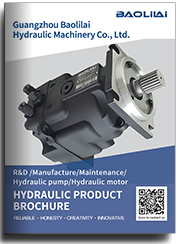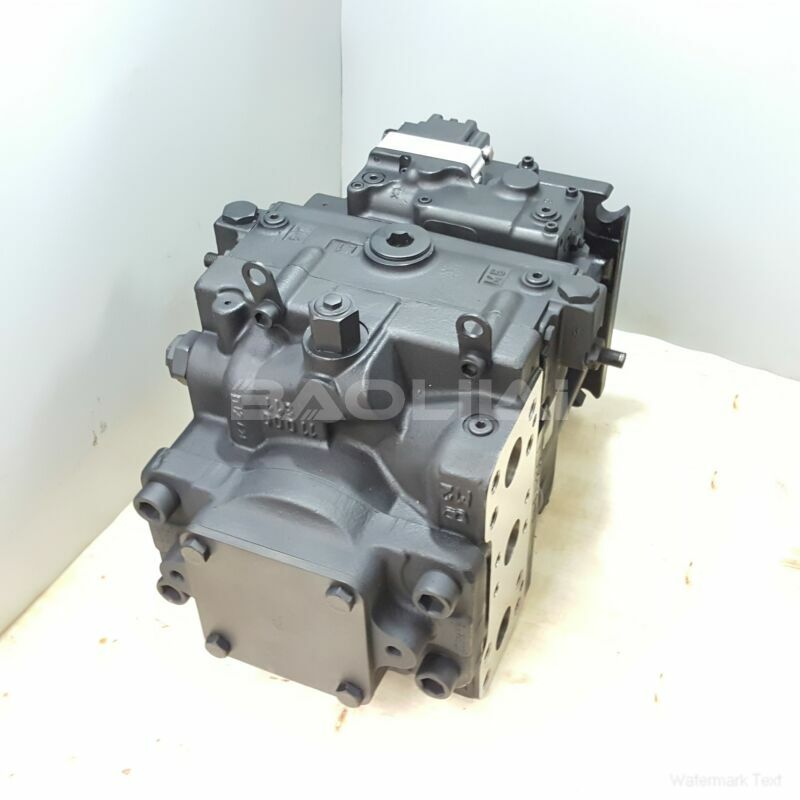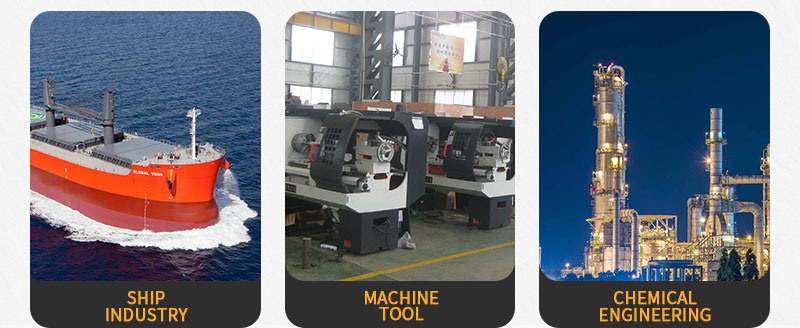90R075KA1NN60R3S1D03GBA424224 high pressure pump
90R075KA1NN60R3S1D03GBA424224 high pressure pump

- Product Details
- Applicable Scene
Hydraulic pumps are critical components in steel plant operations, facilitating the smooth functioning of various equipment such as presses, shears, and forming machines. These pumps are essential for transmitting power and controlling hydraulic systems, directly influencing productivity and efficiency. However, the operational reliability of hydraulic pumps depends significantly on effective maintenance practices. This article outlines strategies for maintaining hydraulic pumps within a steel plant context.
90-R-075-KA-1-NN-60-R-3-S1-D-03-GBA-42-42-24
90R075KA1NN60R3S1D03GBA424224
One of the first steps in maintaining hydraulic pumps is regular inspection. Scheduled check-ups should be conducted to monitor the condition of pumps and their components. Inspecting for leaks, unusual noises, and vibration levels can help identify potential problems before they escalate. Additionally, checking fluid levels and fluid quality is crucial; hydraulic fluid should be free of contaminants and maintained at optimal levels to ensure efficient pump operation.

83054887
Another key aspect of maintenance is proper filtration of hydraulic fluids. Contamination can severely compromise the performance and lifespan of hydraulic components. Incorporating high-quality filters and regularly replacing them can significantly reduce the accumulation of debris and particulates in the hydraulic system. Moreover, employing a fluid cleanliness program can help maintain the integrity of the hydraulic fluid, promoting the longevity of pumps and associated equipment.
Lubrication practices also play a vital role in maintaining hydraulic pumps. Ensuring that all moving parts are adequately lubricated reduces friction and wear, which can lead to premature failure. Using the correct type and viscosity of lubricant is essential; operators should refer to the pump manufacturer’s specifications to select the appropriate lubricants.
Analysis of the hydraulic system’s performance is another important maintenance strategy. Monitoring parameters such as pressure, temperature, and flow rates can provide valuable insights into the health of the system. Sudden changes in these parameters may indicate underlying issues that require immediate attention. Using diagnostic tools, like pressure gauges and thermal imaging, can aid in identifying performance problems before they result in costly downtime.





